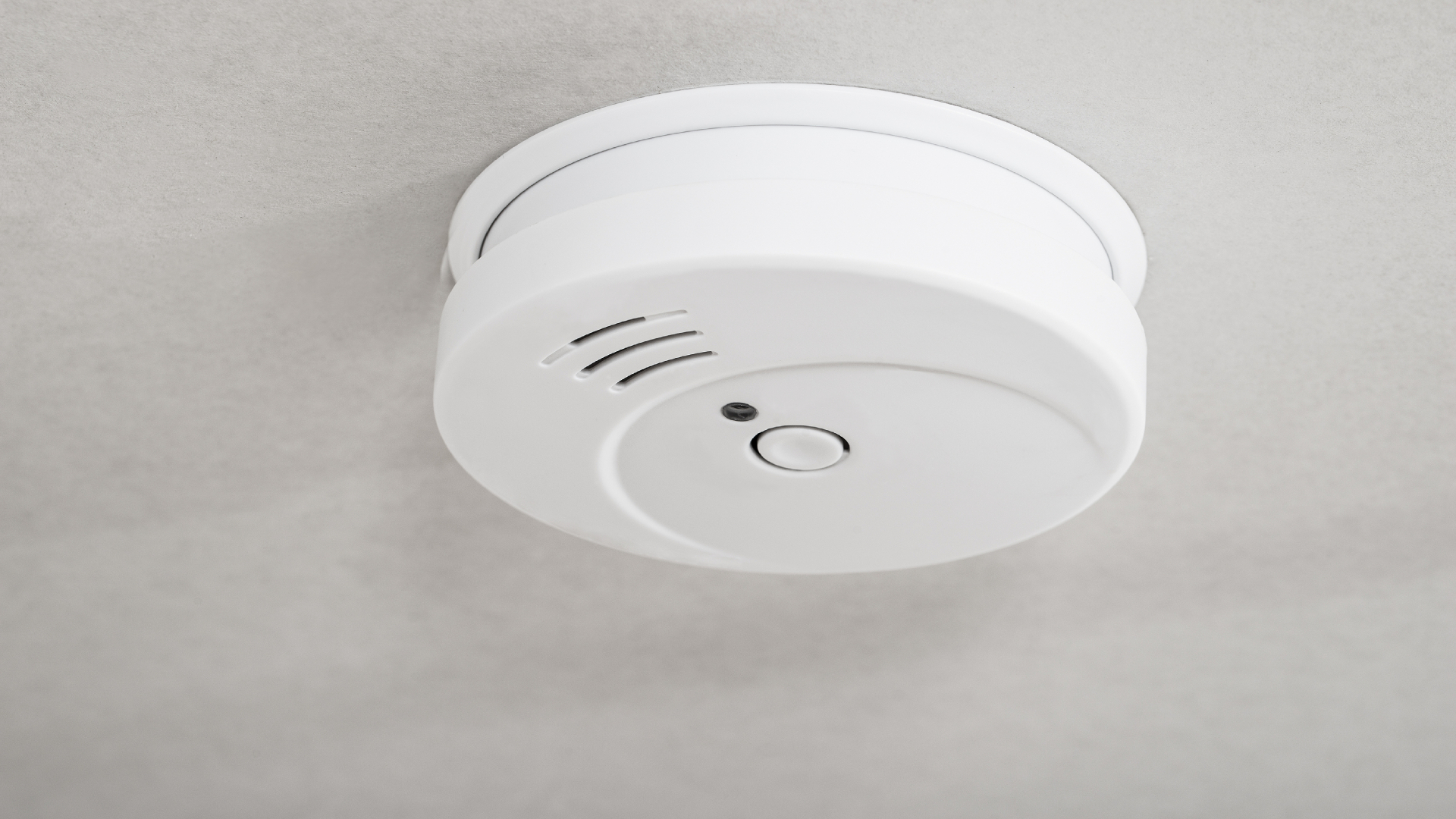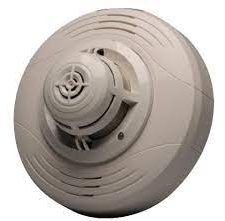When it comes to home safety, one of the most critical yet often overlooked dangers is carbon monoxide (CO) poisoning. Carbon monoxide is a colorless, odorless gas that can seep into your living spaces undetected and pose serious health risks to you and your loved ones. The low level carbon monoxide detector was installed near the kitchen to ensure constant monitoring of gas levels. In this comprehensive guide, we will delve into the importance of carbon monoxide detection, its potential sources, the signs that indicate you need a carbon monoxide detector, and essential steps to ensure your family’s safety.
What is Carbon Monoxide?
Carbon monoxide is a toxic gas produced by the incomplete combustion of fossil fuels, such as gas, oil, and wood. Common household appliances like furnaces, water heaters, gas stoves, fireplaces, and car engines can emit carbon monoxide when they are not adequately ventilated. The gas can quickly accumulate indoors and reach dangerous levels.
The Dangers of Carbon Monoxide
Health Risks
Carbon monoxide is often referred to as the “silent killer” because it is virtually impossible to detect without proper equipment. When inhaled, it enters the bloodstream and binds to hemoglobin, reducing the blood’s ability to carry oxygen. This can lead to symptoms such as dizziness, headaches, weakness, nausea, confusion, and even loss of consciousness. Prolonged exposure to high levels of carbon monoxide can be fatal.

Sources of Carbon Monoxide
Carbon monoxide can originate from various sources within and around your home. Common culprits include malfunctioning or poorly maintained gas appliances, blocked chimneys, damaged flues, and running vehicles in enclosed spaces. Understanding these potential sources is vital in preventing carbon monoxide buildup.
Importance of Carbon Monoxide Detectors
How Do Carbon Monoxide Detectors Work?
Carbon monoxide detectors are essential devices designed to monitor the air for the presence of carbon monoxide. They operate using sophisticated sensors that can detect even small amounts of the gas. When carbon monoxide levels become hazardous, the detector emits a loud alarm to alert occupants of the potential danger.
Types of Carbon Monoxide Detectors
There are two main types of carbon monoxide detectors: plug-in and hardwired. Plug-in detectors are portable and can be placed in various locations, while hardwired detectors are connected directly to your home’s electrical system. Both types are equally effective, but hardwired detectors offer continuous power, ensuring uninterrupted monitoring.
Top Signs You Need a Carbon Monoxide Detector
Discolored or Yellow Flames
One of the visible signs of carbon monoxide presence is the appearance of discolored or yellow flames on gas stoves, furnaces, or fireplaces. Healthy flames should burn blue, so any deviation from this color should raise concerns.
Presence of Soot or Smoke
The accumulation of soot around your gas appliances or the presence of smoke when there shouldn’t be any can indicate incomplete combustion and potential carbon monoxide emission.
Stale, Stuffy, or Humid Air
High levels of carbon monoxide can make the air in your home feel stale, stuffy, or unusually humid, even when proper ventilation is in place.
Excessive Condensation on Windows
Condensation forming on windows, particularly around heating appliances, might be a sign of elevated indoor humidity caused by carbon monoxide.
Malfunctioning or Damaged Appliances
Gas appliances that are malfunctioning or visibly damaged can produce higher levels of carbon monoxide. Regular maintenance is crucial to ensuring their safe operation.
Complaints of Dizziness, Nausea, or Headaches
Frequent complaints of dizziness, nausea, headaches, or flu-like symptoms among household members can be indicative of carbon monoxide exposure.
Absence of Carbon Monoxide Detectors
If your home lacks carbon monoxide detectors, it’s imperative to install them without delay to protect your family from potential risks.
Installing and Maintaining Carbon Monoxide Detectors
Proper Placement
Install carbon monoxide detectors on every level of your home, particularly near bedrooms and common living areas. Mount them at least 15 centimeters below the ceiling, as carbon monoxide rises and can be better detected at this height.
Regular Testing and Maintenance
Test your carbon monoxide detectors monthly to ensure they are functioning correctly. Replace batteries as needed and follow the manufacturer’s recommendations for regular maintenance.
What to Do If Your Detector Alerts You
Evacuate Immediately
If your carbon monoxide detector sounds an alarm, leave the premises immediately, and get to fresh air. Do not waste time trying to locate the source of the leak.
Contact Emergency Services
Call emergency services once you are safely outside your home. They will assess the situation and address any carbon monoxide-related concerns.
Seek Medical Attention
If you or anyone in your household experiences symptoms of carbon monoxide poisoning, seek medical attention promptly.
Conclusion
Carbon monoxide is a silent and deadly threat that can affect any home. Equipping your living spaces with carbon monoxide detectors is a crucial step in safeguarding your loved ones’ well-being. By being aware of the signs that indicate the presence of carbon monoxide and taking proactive measures, you can create a safe and healthy environment for your family.
